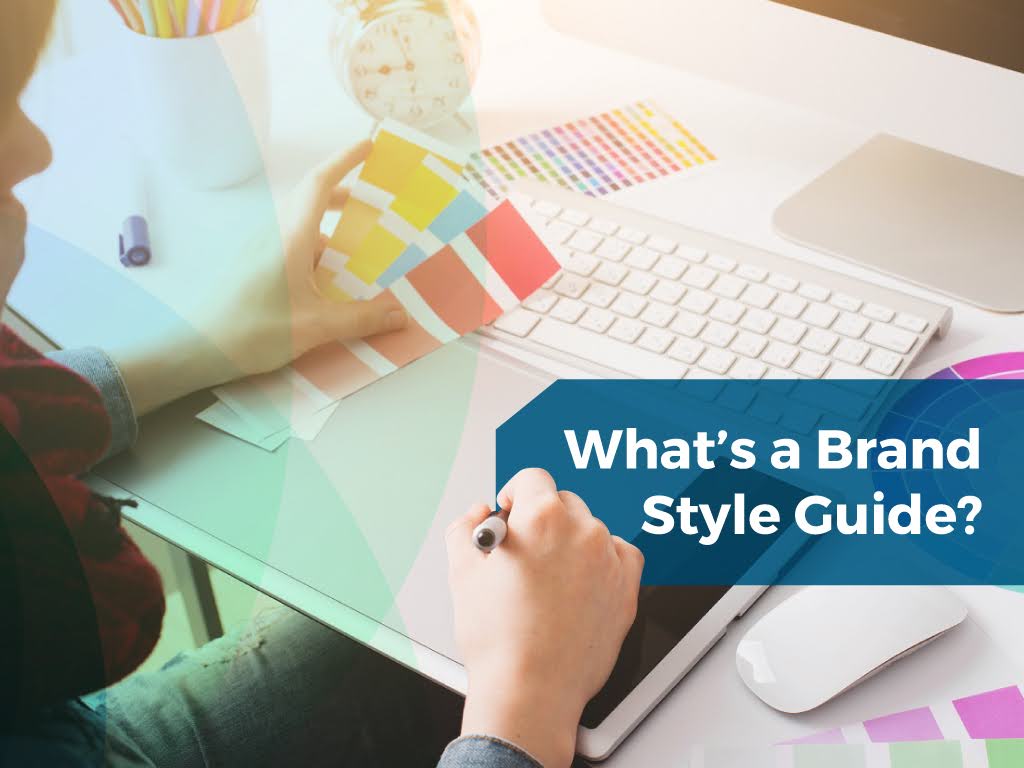Advice and Guidance on Creating Your Brand Style Guide
Your brand is a critical business asset. You must communicate it in the right way so that it resonates with your audience and connects with your company’s culture. Of course, doing that can be challenging, particularly when you consider the number of places your brand is represented, and the number of things that go into the look and feel of your brand. Creating a brand style guide could be a great choice. If you’re not sure how to do that, we can help.
What’s a Brand Style Guide?

First, let’s explore what a brand style guide is in the first place. This is nothing more than a rulebook that dictates how your brand is presented across mediums and instances. This applies equally to everything from your logo to the colours used, and even the fonts you choose. It also applies to offline materials like magazines and letterhead, as well as to digital assets like your website, blog, and social media pages.
The entire point of a brand style guide is this: consistency matters. You must present your brand the same way, all the time, no matter whether you’re taking out a full-page ad in a magazine or creating a new website. So, what goes into a great brand style guide?
Your Story

Your company’s story should inform the style guide. Your mission, vision, and core values should be highlighted at the very beginning. Everything else, from your logo to your tagline should tie into and support your story. You will need to know what your brand stands for here, and ensure that you use that to inform the design of the style guide itself, and not just the rules about brand collateral usage.
For instance, Apple has become synonymous with clean design. Their brand style guide is no different, featuring lots of white space, an easy-to-read font, and high-quality images. Use your brand’s characteristics to inform the overall design of the guide, as well as the rules that apply to brand collateral.
Logo Guidelines
Your logo is perhaps the most recognisable brand asset. Make sure you set clear rules about how, when, and where it can be used. You’ll want rules that pertain to the amount of clear space around the logo, acceptable colour variations, minimum and maximum sizes, and more.
Colours
Every brand has specific colours it uses, as well as colours that shouldn’t be used. What are your core colours? Specify these upfront. If possible, use RGB, CMYK, and Pantone codes to ensure consistency at all times. You should also specify any colours that you do not want to be used, as well as colour combinations that you prefer.
Font

Also called typography, the font choices you make affect readability, but also brand recognition. Choose your typography hierarchy, which means what fonts are used for which purposes, and which sizes are used at various points in the text.
Brand Voice
This one ties back to the first note on brand story. What’s your brand’s tone of voice? Is it polished and professional? Warm and supportive? Encouraging and friendly? Quirky and fun? Your brand’s tone of voice will affect everything from website copy to ad copy and even how you interact with customers through social media, so take your time and get it right.
Illustrations

Graphics will be used in many places, from apps to social media posts. Define the imagery style and tone you want to be associated with your brand.
Tying It All Together
A brand style guide can help ensure consistency in communication and brand recognition across all touchpoints. That’s critical for success in today’s world. Need a little help? We’re happy to lend a hand. Contact Emarkable today.





